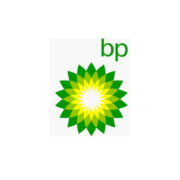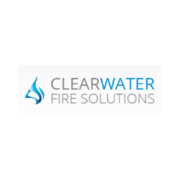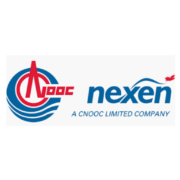BP- Waste ‘swap’ delivers savings of £9million
Impact
- BP has saved approximately £9 million by changing how we manage waste water from well plugging operations on our Valhall oil field.
- The new, offshore-based approach avoids the need to transport and treat the waste onshore and send to landfill.
- Well clean up fluids can now also be recovered and reused.
Description of Best Practice
BP has delivered an innovative solution for offshore well waste management on our giant Valhall oil field in thesouthern Norwegian North Sea, where 31 older wells will be permanently plugged over the coming years.
Preparing a well for permanent closure generates thousands of cubic metres of water containing oil based muds, cuttings and cleaning fluids. Due to lack of capacity and/or facilities offshore, this waste water is traditionally shipped onshore to be treated and then disposed of safely at significant cost.
On Valhall, a single waste injector facility was being used to treat and then inject the giant complex’s drainage waste water into the ground. However, this waste water is 98% pure and the project team realised it would be more efficient to use this facility to treat and then inject the higher solids waste water generated from the plug and abandonment operations.
At the same time, a separate cleaning plant was installed on the nearby drilling rig being used for the long-term plug and abandonment programme. The platform’s drainage water is now piped to the rig, where it is treated and purified to the extent it can be discharged to sea.
Planning for the new system took four months and the first lot of waste was transferred in June 2015. The drilling rig has since treated 49,362 barrels of open drain water from the Valhall complex while the platform has received 85,228 barrels of waste from the plugging and abandonment operation, delivering cost savings of approximately £9 million. The new approach also avoids the need to transport and treat the waste onshore and send to landfill
An unplanned benefit has been that the brine water used for clean up of the wells is being reused. Some 3,200 barrels have been recovered during the treatment phase and reused on other well kill operations.
Arnfinn Grøette, Waste and Fluid Operation Specialist, said: “Before the project, a single well abandonment generated approximately 2,000m3 of waste water and cost £950,000 to send back onshore for treatment and disposal. Now, a major part of this is treated to a defined specification before it is sent to the solids handling module on the production platform and then reinjected.”
Jeroen Nijhof, Engineering Team Lead, added: “The Wells team essentially swapped our waste with Operations. It sounds simple but it was vital to have everyone in all functions on board and to believe it was possible before embarking on the project. It demonstrates what is achievable when different functions come together to find a solution to a problem.
Contact: Stephanie McHardy, BP
stephanie.mchardy@gmail.com






